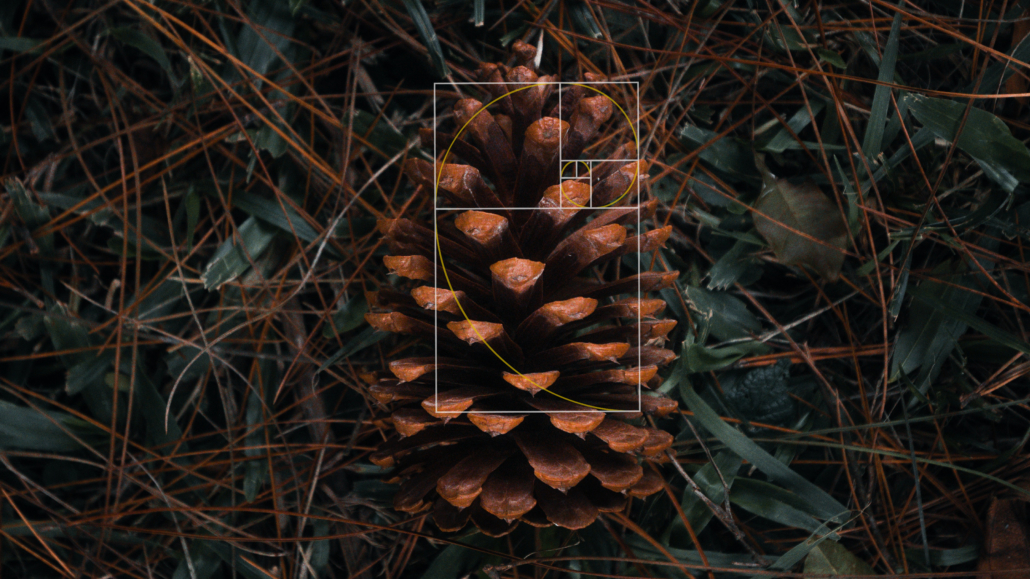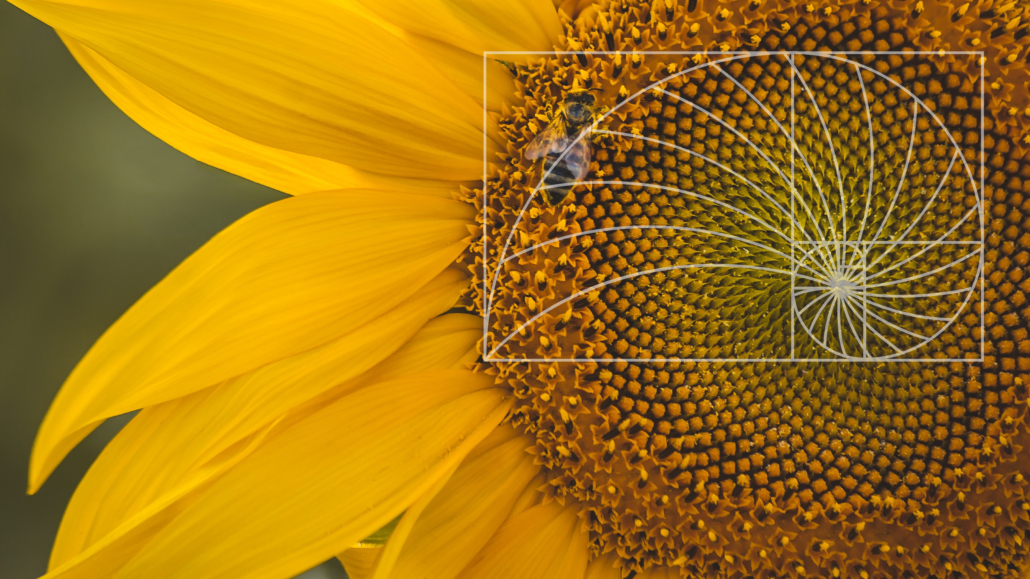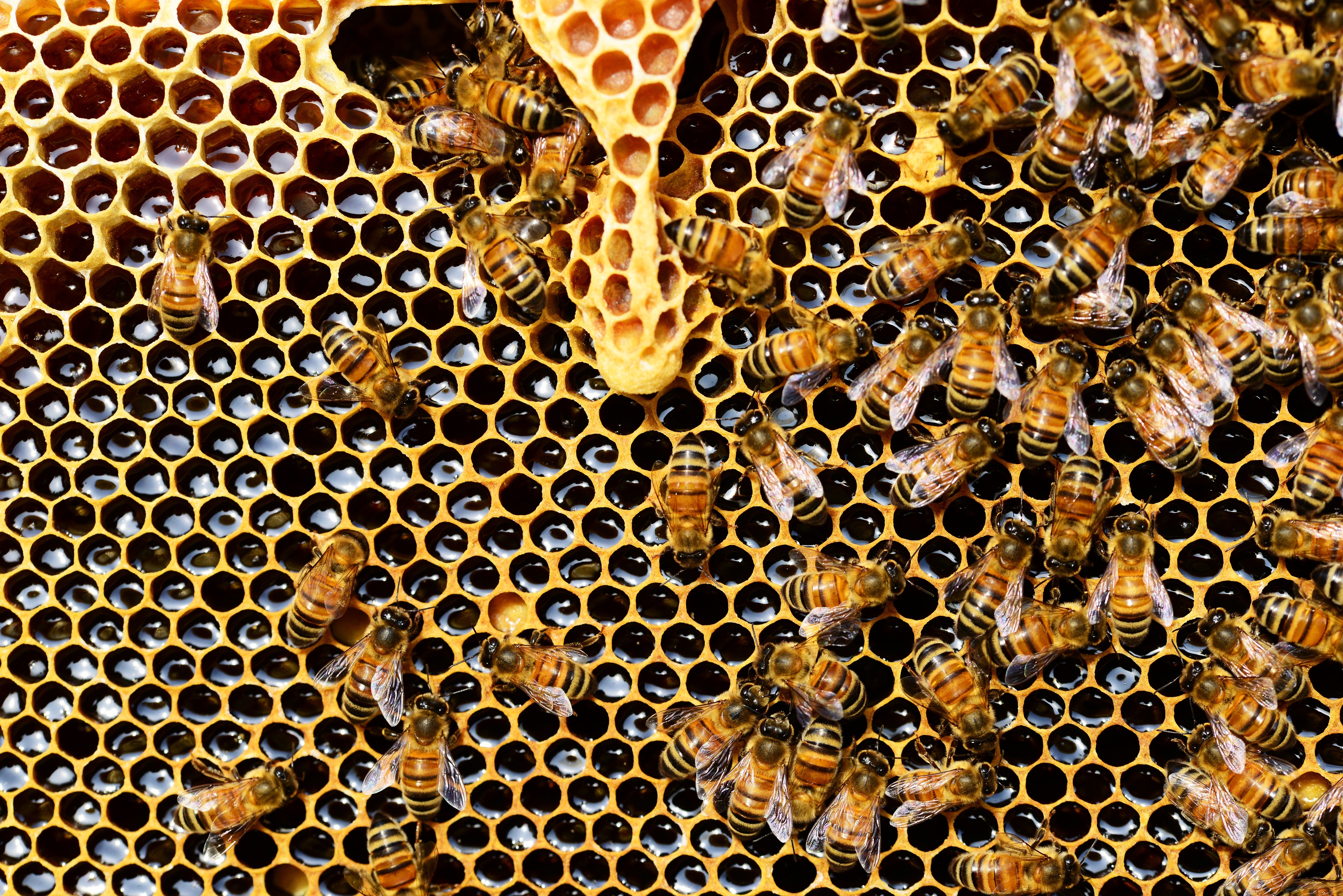Blackwing Vol. 55 – Finding Fibonacci in Nature
This quarter, Volume 55 celebrates the mathematical sequence established by Leonardo Fibonacci. For some, the name Fibonacci might conjure up memories of math class and learning the sequence 0, 1, 1, 2, 3, 5, 8…and so on, with each third integer equaling the sum of the two previous integers. However, this sequential equation also occurs all around the natural world. From tiny pine cones to towering pines, flowers, and bees, the Golden Ratio is woven into the fabric of biology. Below are just a few examples of how the Fibonacci sequence appears in nature.
These natural objects all follow the ratio between numbers in the Fibonacci sequence, an approximate value of 1.61, which has been referred to as the Golden Ratio. As a sapling, the tree begins as a single trunk which then splits off into one branch. The trunk then continues to grow and splits off into a second branch while the original branch continues to grow an additional branch. The tree follows the sequence of 1, 1, 2, 3, and so on as it reaches for the sky.

In pine trees, the sequence extends even further into its seeds. The seed pods of a pine cone are arranged in a way that forms two opposing spirals; the number of “steps” each spiral makes follows consecutive Fibonacci numbers, like 3 and 5.

The next time you stop to smell the roses—or lilies, or buttercups, or daisies—consider the number of petals on the flower at the end of your nose. These flowers, and others, owe the beauty of their composition to the Golden Ratio, with a number of petals that is consistent with the sequence. Flowers that adhere to the Ratio can have as few as 3 petals, in the case of some lilies, or as many as 89 petals in some species of daisy.

Perhaps the most famous Golden Ratio flower is the sunflower. Not only does the flower have a number of petals resulting in 34, 55, or 89 (all Fibonacci numbers), but the seeds on the flower’s head also grow in a spiral pattern. If you add the number of spirals on the flower head, it will also result in a Fibonacci number.

Nestled among these you might find a honeybee or two. It might not look like it, but that drone worker comes from a family tree that follows the Fibonacci sequence. Within the hive, all drone-bees are male and originate from a single parent (the queen), while all worker-bees are female and originate from the queen bee and a drone. In this sequence, a male drone bee will have 1 parent, 2 grandparents, 3 great grandparents, 5 great-great grandparents, and so on.
These are just a few of the numerous examples of the Fibonacci Sequence in the natural world. Volume 55 inspires us to slow down and find beauty in the everyday. The next time you are outside, try to spot the sequence in the details around you. How many examples can you find?

